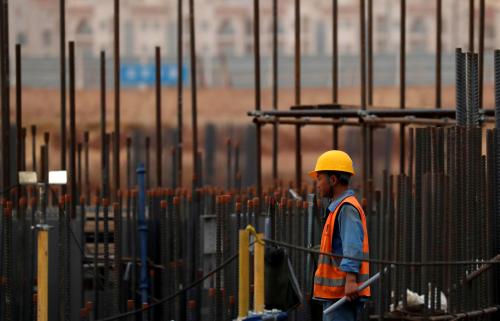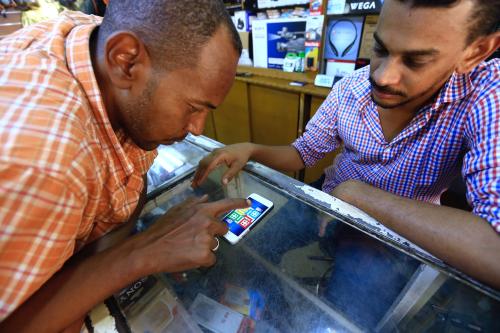Early last month, multinational professional services firm Ernst and Young published their Africa Attractiveness report highlighting the attractiveness for foreign direct investment (FDI) of 46 African countries. The report highlights the emerging patterns in FDI investment toward the continent, which in 2016 experienced somewhat of a downturn. In fact, last year recorded the smallest number of FDI projects since 2007. The number of jobs created through FDI investment fell by 13.1 percent between 2015 and 2016. Conversely, the aggregate value of FDI investment, as measured in U.S. dollars, increased by 31.9 percent between 2015 and 2016. Despite the increase in the monetary value of FDI toward Africa, the report provides a list of external factors that can affect the future trajectory of FDI toward Africa, including Brexit, the new U.S. administration, increased political uncertainty in Europe, slowdown in China’s economic activity, and the end of the commodity super cycle.
Built on the foundation of six broad pillars—macroeconomic resilience, market size, business enablement, investment in infrastructure, economic diversification, and governance in human development—EY’s Africa Attractiveness Index (AAI) measures countries’ attractiveness for FDI. The six pillars, which serve as determinants when investors are choosing an FDI host, are given different weights in the index. Macroeconomic resilience and market size are deemed most important; the remaining four pillars carry the same (but lower) weights. The table below, extracted from the report, shows the top 25 countries in the AAI.
South Africa, which held the top position in last year’s report, fell by one spot, notably due to a large drop in macroeconomic resilience. The country’s credit rating was cut to junk status in April after the firing of then-Finance Minister Pravin Gordhan. Uganda and Tanzania saw the most significant improvements. The report states that recent oil and gas discoveries in those countries have contributed to the improvement in attractiveness. Moreover, Tanzania witnessed strong economic growth driven by increased investment in infrastructure and services. Meanwhile Egypt, Ethiopia, and Benin deteriorated the most. Ethiopia’s drop in rank is due to recent political instability.
Table 1. Top 25 countries in the Africa Attractiveness Index
Source: EY’s Africa Attractive Index 2017.
The AAI does not perfectly reflect the distribution of FDI toward the subcontinent. As seen in the figure below, five African countries: Morocco, Egypt, Nigeria, Kenya, and South Africa, host 66.5 percent of FDI toward Africa. While Kenya, Morocco, and South Africa lie among the top 10 in the AAI, Nigeria and Egypt do not. Egypt alone hosts 43.5 percent of FDI toward the continent. South Africa hosts 20.6 percent of FDI projects in sub-Saharan Africa, reflecting its high AAI performance. Inversely, Nigeria, despite its relatively poor AAI performance, remains one of the largest recipients of FDI. After the crash in commodity prices, the country was hit by a scarcity of foreign exchange. Still, the country has been diversifying its economy away from oil exports, thus attracting FDI in sectors such as industry and clean technology. Then again, we have a country like Senegal whose characteristics to serve as a good FDI host are not reflected in its FDI performance. The report attributes the country’s high rank to the improvement of its business environment and the strong resilience to macroeconomic shocks, and, despite its poor performance, Senegal has the potential to attract future investment.
Figure 1: Top African recipients of FDI
Source: EY’s Africa Attractive Index 2017.
The Brookings Institution is committed to quality, independence, and impact.
We are supported by a diverse array of funders. In line with our values and policies, each Brookings publication represents the sole views of its author(s).










Commentary
Figures of the week: EY’s Attractiveness Program Africa — Connectivity Redefined
June 7, 2017